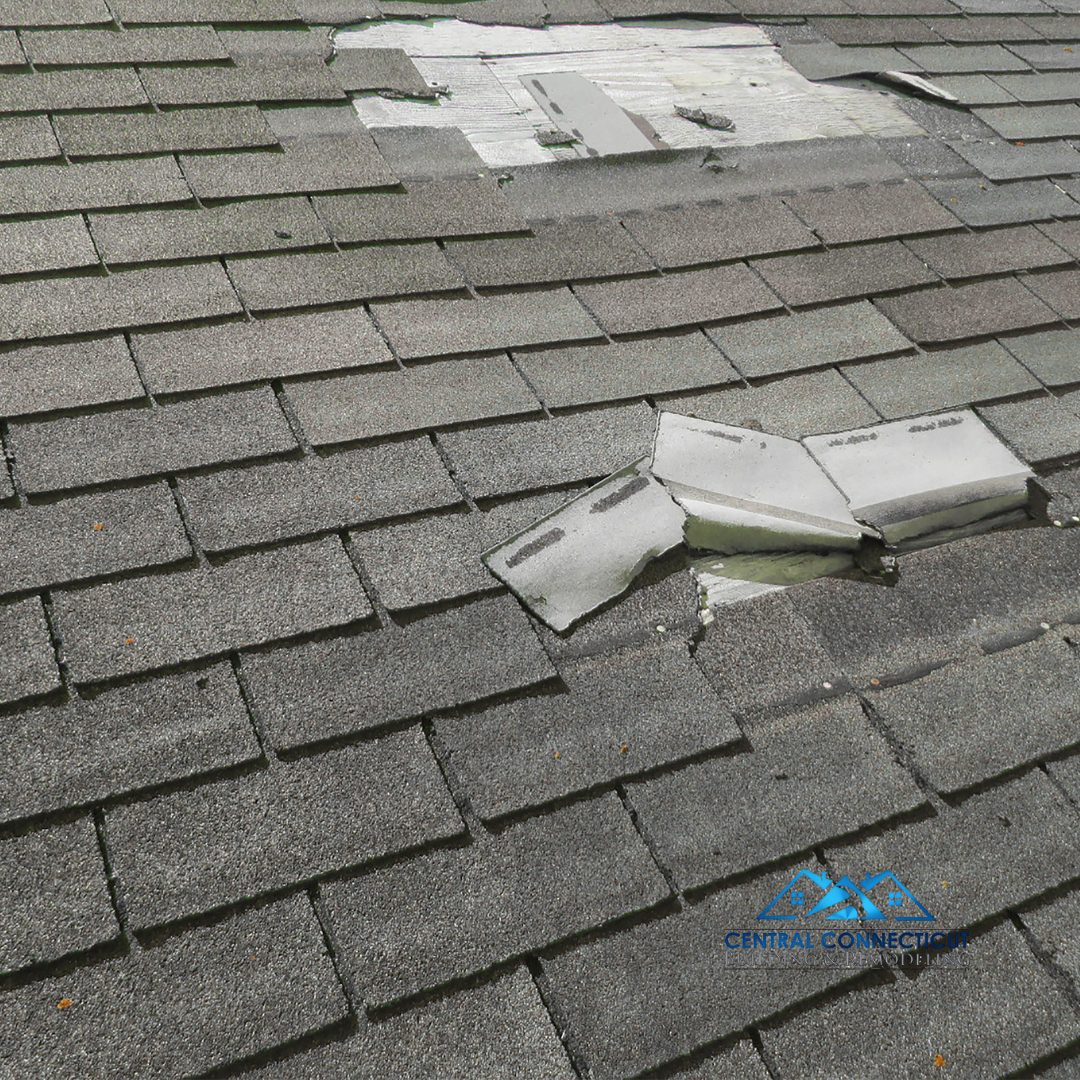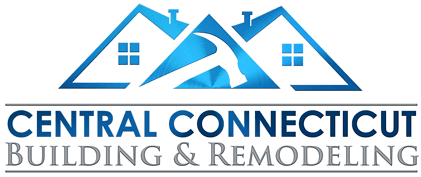After the Storm: A Homeowner’s Guide to Assessing Damage, Filing a Claim, and Working With a Remodeler
When severe weather hits, it’s not just the noise that shakes you. It’s the uncertainty that follows. I’ve seen homeowners walk into their homes after a storm and freeze, unsure where to start. If you’re reading this because the storm left your roof leaking, your basement wet, or your siding torn apart, you’re not alone. Let’s go through the right steps together.
Step 1: Make Safety Your First Priority
Before you even start looking for damage, make sure it’s safe to do so. Downed power lines, soaked outlets, and loose shingles can all be dangerous. I always tell homeowners: take pictures from a distance first. Don’t climb on a roof or touch standing water near electrical outlets.
Once it’s safe, walk around your property and note what you see. Check for missing shingles, cracked siding, broken windows, or damaged gutters. Inside, look for water spots on ceilings, bulging walls, or buckled flooring.
According to the National Association of Insurance Commissioners, detailed documentation increases claim success rates by more than 50 percent. Take wide shots, close-ups, and videos of every area you think was affected.


Step 2: Document Everything and Start a Log
After big storms, I create a folder on my phone for each client’s project. You should do the same for your own home. Label photos by room or area. Record the date, time, and short notes about what you find.
Write down what was damaged:
- Roof and gutters
- Windows and doors
- Walls, ceilings, floors
- Appliances or personal items
Having this ready helps your insurance adjuster later. It also gives your remodeler a head start when planning repairs.
Step 3: Contact Your Insurance Company
Once you’ve gathered photos and notes, call your insurance provider. Most companies require claims to be filed within 30 to 60 days of the event. Be clear and concise: explain what happened, where, and when. Get your claim number, and ask what documents they’ll need from you.
Keep a notebook of every conversation—who you spoke with, what they said, and when. This becomes part of your record if anything needs clarification later.
If you don’t have a remodeler yet, now is a good time to start looking. A reliable contractor will help you communicate better with your insurance company and make sure repairs are estimated correctly.
Step 4: Prevent More Damage Right Away
Most homeowners don’t realize that insurance requires you to prevent further damage. That means tarping a leaking roof, boarding up broken windows, or shutting off a burst pipe.
Keep all receipts for these emergency fixes. Many policies reimburse those costs.
Don’t start large-scale repairs yet. Your insurance adjuster needs to see the damage as it happened. Early repairs could make it harder to prove your case later.
Step 5: Meet With the Insurance Adjuster
When the adjuster arrives, walk through the property together. This is your chance to show them every bit of damage you documented. If possible, have your remodeler there too. I’ve attended dozens of these inspections with clients, and I can tell you—it helps. Adjusters often focus on visible issues, while a contractor will spot hidden problems like framing damage or subfloor moisture.
Ask questions:
- What’s covered and what isn’t?
- How will depreciation affect the payout?
- Are upgrades to code compliance included?
Take notes during the meeting and ask for a written estimate afterward.

Step 6: Get Professional Estimates
You’ll need detailed estimates for your claim. Get at least two from licensed, insured remodelers. A good remodeler will give you an itemized list that includes materials, labor, permits, and cleanup. This transparency helps you and your insurer stay aligned.
At Central Connecticut Building & Remodeling, we handle this part for clients all over the state. From home remodeling projects in Berlin to kitchen renovations, our team works closely with adjusters to make sure every legitimate repair is included.

Step 7: Review the Settlement Offer
Once the adjuster completes their report, you’ll receive a settlement proposal. Review it carefully. If it seems too low, compare it with your contractor’s estimate. Don’t be afraid to ask for a reinspection or clarification.
Insurance settlements generally fall into two types:
- Actual Cash Value (ACV): Pays the depreciated value of what was damaged.
- Replacement Cost Value (RCV): Pays what it costs to replace items with new materials.
Ask your insurer which one applies to your policy. Understanding this helps you plan how much you’ll need to cover out of pocket.
In Connecticut, ACV is calculated by taking the Replacement Cost Value and subtracting depreciation. Connecticut’s Insurance Department regulates these practices and can help if you have questions or concerns.
Step 8: Begin the Restoration Process
Once your claim is approved, your remodeler will schedule the repairs. Always get changes or upgrades in writing, and keep communication open throughout construction.
Many homeowners use this as an opportunity to improve parts of their home. For example, while repairing a flooded basement, some choose to finish it with waterproof flooring—something we regularly do through our basement finishing services.
If your kitchen was damaged by water, this could be the right time to plan a redesign. Our kitchen remodeling and bathroom remodeling teams often help clients blend restoration with upgrades that raise home value. If your project involves multiple areas, our whole-home remodeling services provide complete coordination from design to final inspection.
Step 9: Keep Records Until Everything Is Complete
Save everything—emails, receipts, estimates, and inspection reports. Most insurers can reopen a claim within a year if related issues appear. Keeping good records protects you if something resurfaces later.
Once the work is done, do a walkthrough with your remodeler before final payment. Check that the repairs match what was promised, and keep your warranty paperwork safe.
What I Tell Every Homeowner
When storms hit, panic is normal. But every decision you make after that shapes your recovery. Document thoroughly, act fast, and bring in a remodeler who understands the insurance process. The right partner will not only repair your home but also help you protect its long-term value.
If you live in Connecticut and need help assessing storm damage or restoring your home, my team at Central Connecticut Building & Remodeling is ready to help. We’ve handled everything from wind damage to full rebuilds—and we’ll guide you through every step, start to finish. Contact us today to schedule your consultation.